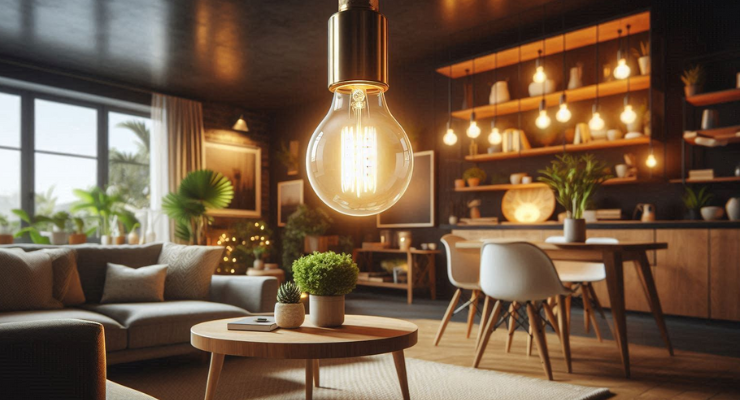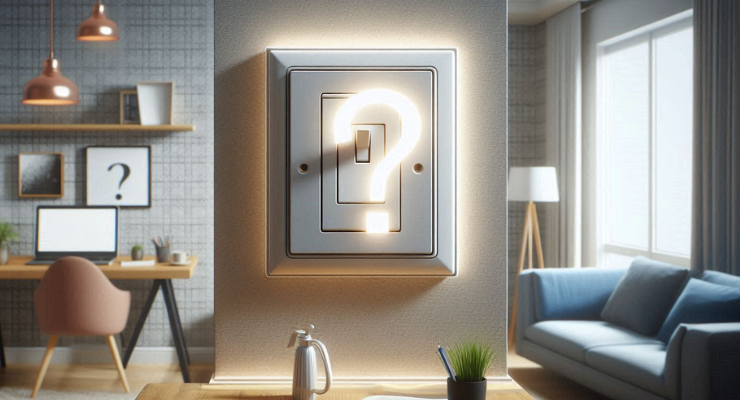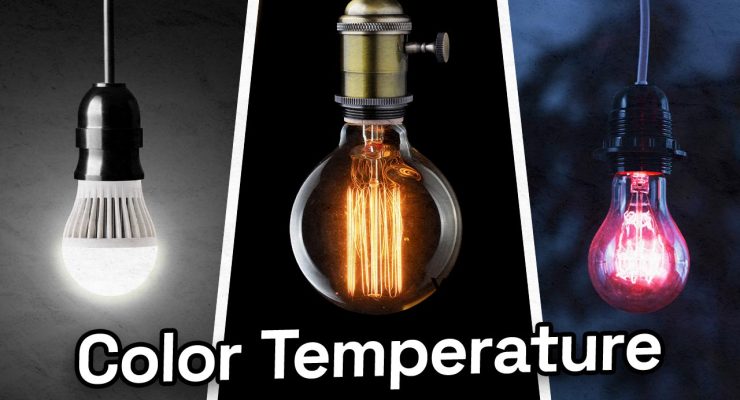Fast read
LED lights are renowned for their exceptional lifespan and energy efficiency, offering between 50,000 to 100,000 hours of illumination. Unlike traditional incandescent bulbs, which last only 750 to 2,000 hours, LEDs gradually reduce in brightness over time rather than burning out abruptly. Key factors influencing their longevity include the quality of components, effective heat management, and operating conditions.
Good LEDs can last up to 14 years with daily use, saving money and being eco-friendly for lighting. Invest in quality LED products to ensure enduring performance and efficiency for years to come.
How Long Do LED Lights Last?
LED lights have changed modern lighting with their energy efficiency and durability. If you’re considering making the switch to LED lighting, one of the most compelling reasons is undoubtedly their long operational lifespan. But just how long do LED lights last, and what factors contribute to their longevity? Let’s delve into the details.
Enduring Illumination
LED lights are renowned for their outstanding lifespan. Unlike traditional incandescent bulbs that burn out suddenly, LEDs gradually emit lower output levels over time. This means that even after their stated lifetime, LEDs will continue to operate, albeit at a reduced brightness. This characteristic is known as lumen depreciation.
When discussing the lifespan of LEDs, the term “L70 rating” often comes into play. This rating signifies the period before the LED lighting system’s light output falls to 70% of its original capacity. This gradual decline is a key aspect of their longevity, contrasting sharply with the abrupt failure of traditional bulbs.
Traditional incandescent bulbs typically offer between 750 to 2,000 hours of light, depending on the type. In stark contrast, LED light bulbs provide around 50,000 hours of light, with some premium brands boasting up to 100,000 hours.
To put this into perspective, if you use your LED lights for 10 hours each day, they could last nearly 14 years. This durable product saves you money because it doesn’t need to be replaced often. This makes it a cost-effective option in the long run.
The Role of Quality
While LED lighting inherently boasts an impressive lifespan, the quality of the bulbs can significantly influence their actual performance. The market offers a wide range of LED products, and not all are created equal. Poor design or subpar quality can dramatically shorten the life of an LED bulb.
One crucial component affecting an LED’s lifespan is the capacitor. Capacitors are integral to the LED driver circuit. Regular capacitors made from plastic may not last as long as the LED, causing it to fail early.
Many manufacturers use ceramic capacitors in LED bulbs. Ceramic capacitors help the bulbs last longer and perform well throughout their lifespan.
Heat management is another critical factor. LED lights are typically equipped with metal heatsinks designed to dissipate heat away from the LED chip. If the heatsink is inadequately sized, poorly connected, or of inferior design, the light can overheat and fail prematurely. Therefore, effective heat dissipation is vital to maintaining the longevity of these lights.
Advancements in LED Lighting Technology
This technology has advanced rapidly in recent years, with continuous innovations enhancing both efficiency and light quality. As a result, today’s LEDs are more reliable and longer-lasting than ever before.
Technology is advancing rapidly. You may need to update your LED lights every few years. This will help you benefit from better performance and new features.
Real-World Applications and Benefits
The extensive lifespan of these lights is not just theoretical. In real-world applications, their durability and efficiency are evident. LEDs are widely used in various settings, from residential homes to commercial buildings, industrial facilities, and public spaces. Their long life reduces maintenance costs and downtime, making them ideal for hard-to-reach places where frequent bulb replacements are impractical.
In addition to their longevity, LED lights are highly energy-efficient, boasting an energy efficiency of between 80% and 90%. LEDs use energy efficiently, converting most of it into light instead of heat, making them a more efficient lighting option. This high efficiency means lower energy costs and less impact on the environment, making them a great choice for smart lighting.
Factors Affecting LED Lifespan
Several factors can influence the actual lifespan of LED lights, including:
- Quality of Components: As mentioned earlier, the quality of components such as capacitors and heatsinks plays a crucial role. Investing in high-quality LED products from reputable manufacturers ensures better performance and longer life.
- Operating Conditions: LEDs are sensitive to temperature and humidity. Extreme conditions can accelerate lumen depreciation and shorten their lifespan. Ensuring proper ventilation and using LEDs within their recommended operating conditions can help maximise their longevity.
- Usage Patterns: The way you use your LED lights can also impact their lifespan. Frequent on-off cycling can reduce their life expectancy, whereas continuous use at moderate brightness levels can extend it.
- Installation and Maintenance: Proper installation and regular maintenance can prevent issues such as overheating and electrical surges, which can otherwise lead to premature failure.
How Long do LED Lights Last?
LED lights have revolutionised the lighting industry with their unparalleled energy efficiency, durability, and long operational lifespan. LED bulbs last between 50,000 to 100,000 hours, much longer than incandescent bulbs. This makes them a smart lighting solution and an eco-friendly choice for many uses.
The lifespan of LED lights can differ based on the quality of components, usage, and installation. The quality of components, usage, and installation all play a role in determining the lifespan of LED lights. LED lights can have varying lifespans depending on how they are used, the quality of components, and how they are installed.
Invest in high-quality LED products and use them properly. This will help you maximise the benefits of LED lighting and enjoy long-lasting illumination. LED lighting is getting better with technology. It will be more efficient and perform even better in the future, making it the best lighting option available now.



